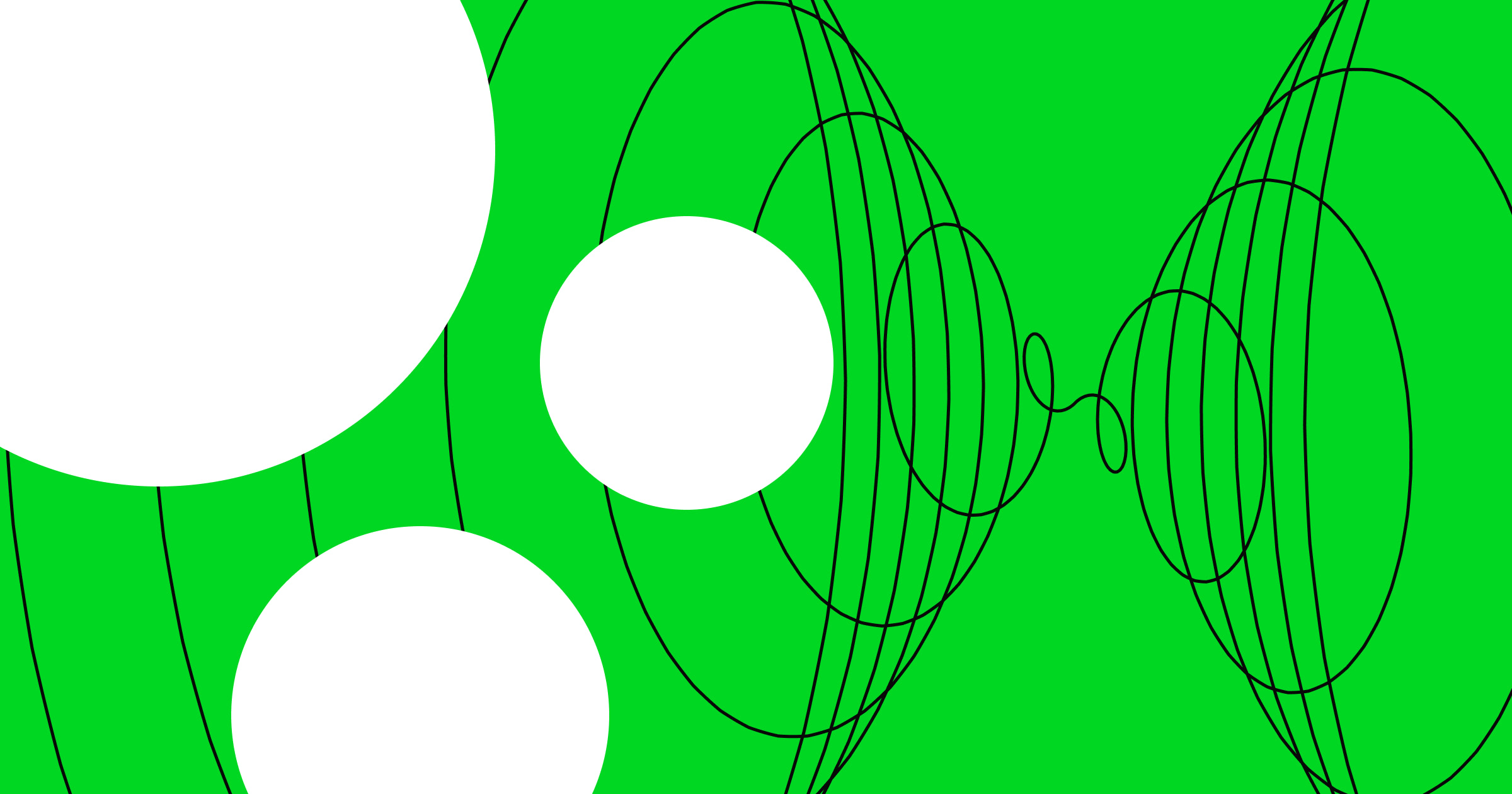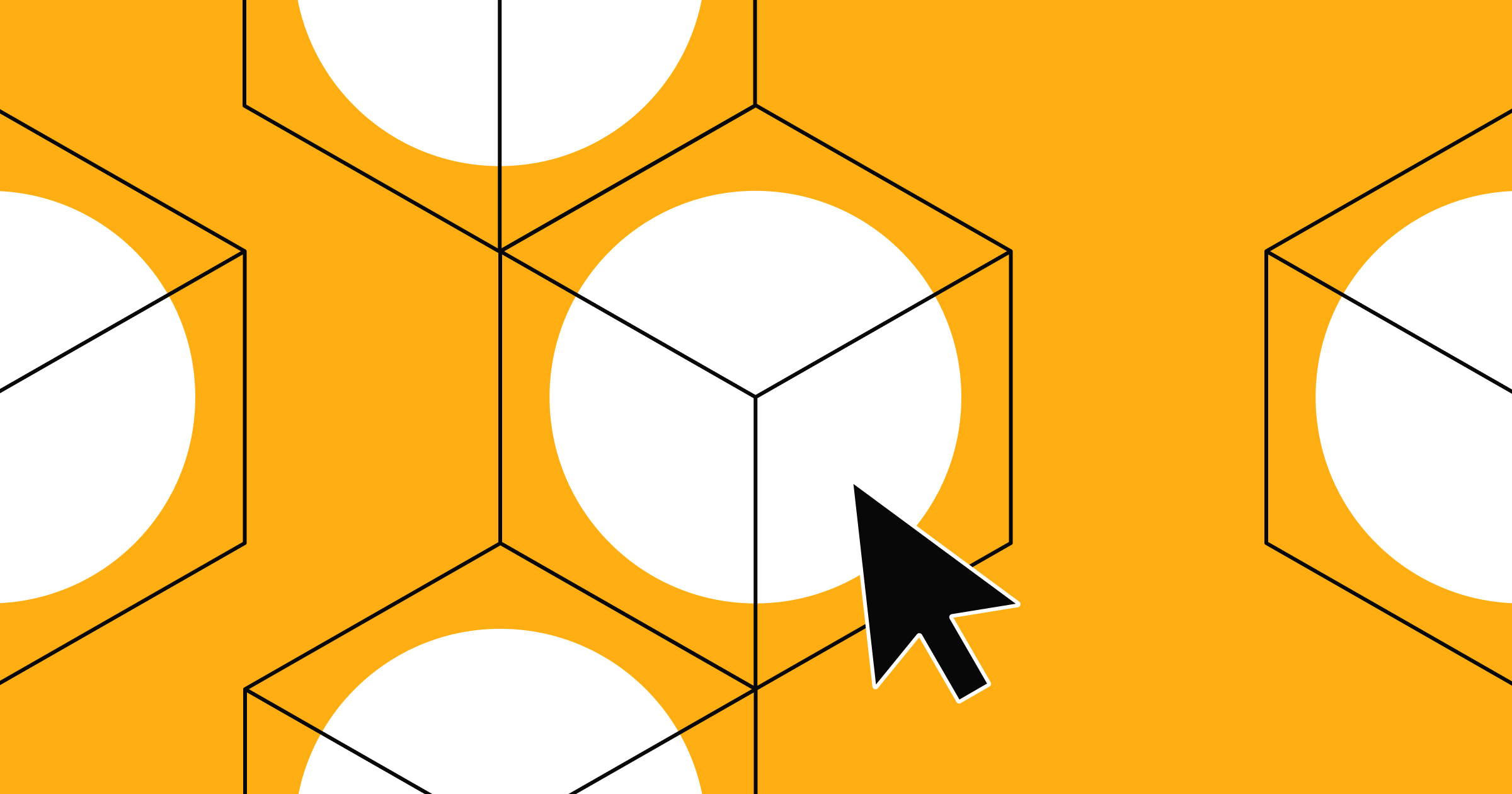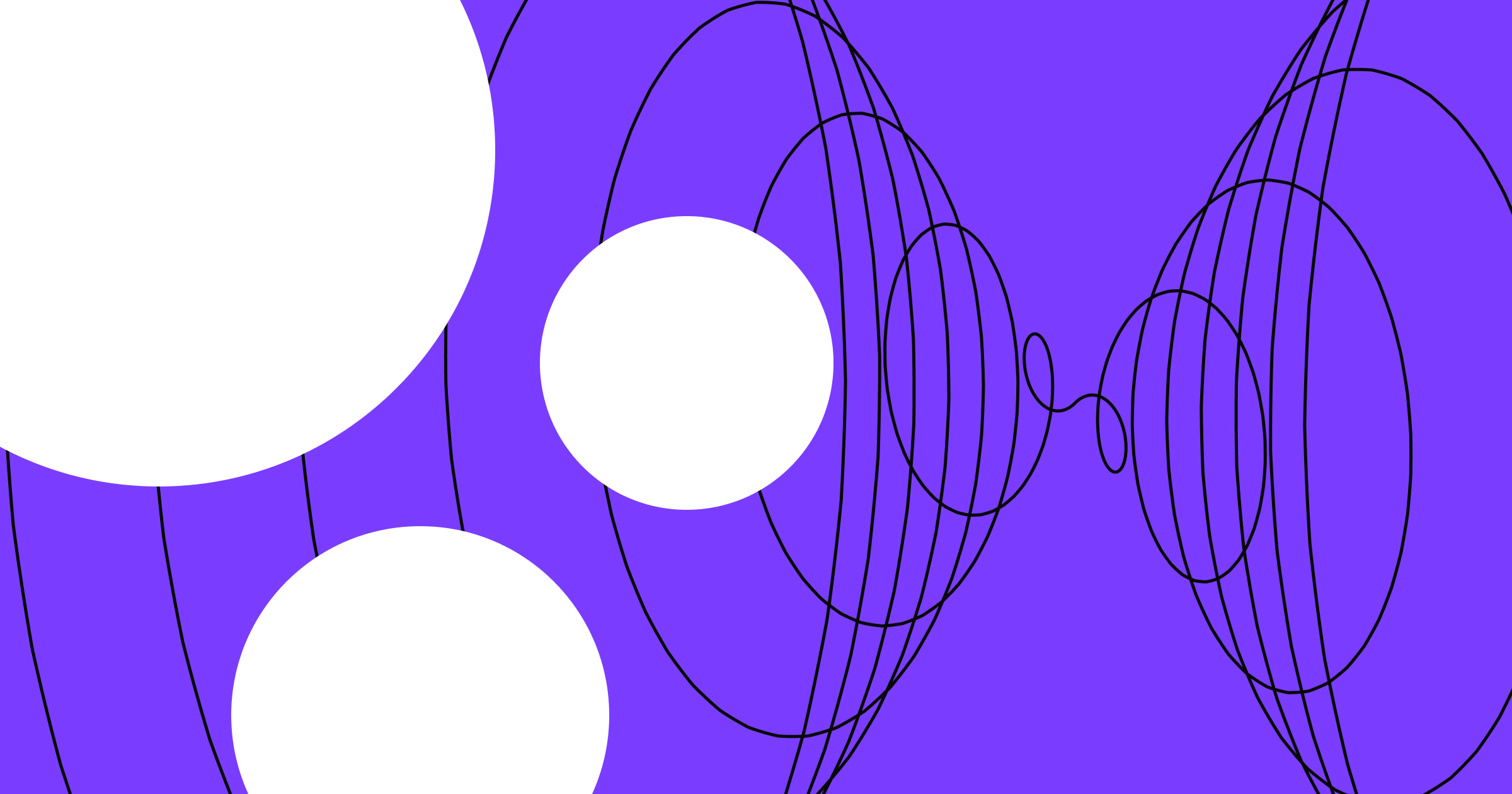Doing your research is a critical design step and the quality of your research will make or break your product. This guide will help you get it right.
The ancient Greeks believed that inspiration came from the Muses. Today, while we’re still always searching for those elusive Muses, we know that great design ultimately stems from the ability to observe, listen, sympathize, empathize, understand, glean insights, and tap into the user’s reality.
People ignore designs that ignore people.
–Frank Chimero
Why should you do UX research?
There are many reasons you should do UX research, but some of the most important are:
- To remove assumptions from the design process
- To avoid critical mistakes that would otherwise cost us extra time, money and resources
- To back up our design decisions with qualitative data
Sometimes when you innovate, you make mistakes. It is best to admit them quickly, and get on with improving your other innovations.
–Steve Jobs
When should you do user research for your project?
The most common question about user research is, “When should I do user research?”
The best time to do user research is at the beginning of the project. It will help you set a solid foundation and ensure you’re tackling real problems instead of imaginary ones.
Recognizing the need is the primary condition for design.
–Charles Eames
However, user research should continue throughout all stages of the product development cycle. There’s something to learn in every phase and it will help you stay on the right track. If you feel like you haven’t done enough user research for your product until now, don’t waste time regretting it — get started! No matter what project stage you’re in, it’s never too late for a reality check. The earlier you begin, the quicker you’ll obtain valuable insights for your product.
Begin with a clear question in mind
Before delving into user research, define your research as clearly as possible. Otherwise, you might end up wasting your time. It may seem obvious, but one of the biggest problems with UX research is not knowing when to stop.
Formulate your problem using verbs like describe, identify, or evaluate. Avoid abstract words like explore, investigate, or understand.
Design is a solution to a problem. Art is a question to a problem.
–John Maeda
Once you establish what you want to find, it’s time to choose a suitable research method. Most of the time, it depends on your research objective, finances, time, and other resources.
Nielsen Norman Group, a leading UX research agency, classifies user research methods into four stages:
- Discover
- Explore
- Test
- Listen
Stage 1: Discover
The discovery stage is about illuminating what we don’t know.
- What product features are missing?
- What problem(s) should our product solve?
- What do our users need?
- What information do we need to start on the right foot?
Use the discovery methods listed below to introduce new features, products, validate, or remove assumptions and present accurate data to the developers.
Good design is like a refrigerator — when it works, no one notices, but when it doesn’t, it sure stinks.
–Irene Au



















Design interactions and animations without code
Build complex interactions and animations without even looking at code.
Research methods for the discovery stage
Gather information for the project discovery stage with:
- Stakeholder interviews to understand the business requirements and constraints of the project
- Field studies to observe people interacting with problems that you’re trying to solve
- User interviews to get to know most frequent issues with the system
- Diary studies to better understand users’ behavior
- Competitive testing to discover the strengths, weaknesses and key features of competing products
Stage 2: Explore
The exploration stage revolves around understanding the problem at hand, defining the project scope, and addressing user needs the right way. We explore by comparing our product and features with competitors’, creating user personas, writing user stories, and doing design reviews.
Everything is designed. Few things are designed well.
–Brian Reed
Research methods for the explore stage
Some of the most popular methods used during the exploration stage are:
- Task analysis to analyze a task step by step, from a user's perspective
- Design reviews to identify weak spots in a product
- Journey mapping – to visually model a process to understand user needs and pain points
- Writing user stories to focus on user goals and priorities
- Competitive analysis to determine how a product performs against its competitors
- Persona building to create realistic representations of audience segments for reference
- Card sorting to find out how to structurize your navigation and information architecture
- Prototype testing to figure out the key problems
Stage 3: Test
Tests and other validation methods help us check if our designs work well while we develop them.
Pay attention to what users do, not what they say.
–Jakob Nielsen
Research methods for the testing stage
Common user research techniques for the testing stage are:
- Qualitative usability testing (in-person or remote) to gather detailed qualitative feedback from your users
- Benchmark testing to observe the product’s progress over time
- Accessibility evaluation to ensure the universal access to your product
Stage 4: Listen
The listening stage runs throughout the entire UX design process. Gathering data and monitoring all the information related to the product will help you understand existing problems and identify new ones.
A user interface is like a joke. If you have to explain it, it’s not that good.
–Martin LeBlanc
Research methods for the listening stage
The best methods for the listening stage are:
- Consumer surveys to get low-cost feedback
- User feedback review to see what people are saying about your product in reviews, complaints, social media messages, forum posts, and more
- Search-log analysis to discover what terms people use when searching for products / features like yours
- Usability-bug review to uncover common usability problems
- FAQ review to understand and answer user questions
If you have resources for only one user research method, use this
The discover, explore, test, listen cycle ends only when you stop improving your product. There are always new things to explore, consider, implement, and test.
Choose your user research methods according to your project type, constraints, available resources, and present issues. If your circumstances allow just one activity, Norman Nielsen Group recommends using qualitative usability testing for already existing products.
It’s a simple, cheap, flexible, and easy way to gather insights.
There are many ways to conduct user research, but you don’t have to use all of them in your project. The primary goal of user research is to be informed and inspired. As long as you’re doing that, you should be able to make the right decisions for your users — and business.































